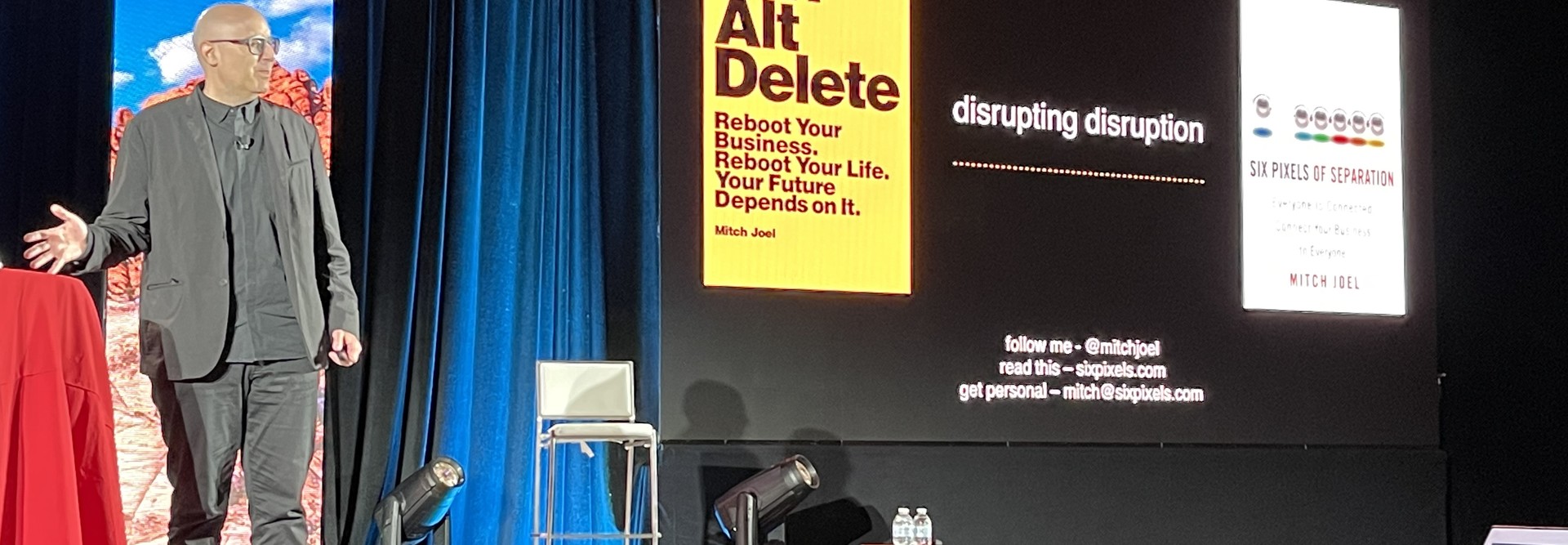Remote Work Paved the Way for More Digital Transformation
Joel noted the shift much of the world has already made from fully remote work to hybrid arrangements. Drawing on statistics included in a Pew Research Center report, Joel said, “If you look at some of the data that’s out there, it’s kind of scary. It’s really frightening. We’re seeing things like this, that 75 percent of the executives only want to come back to the office three more days a week,” Joel stated. “If you move down to the rank and file: 37 percent.”
“We’re also seeing 17 percent of workers are saying, ‘I‘ve got to work remotely because I don’t even live where I was when I took the job that I used to go to.’ And that’s a big number. I mean, these, to me, are jaw-dropping,” he said.
He recommended taking a different approach, one that considers everything — not just work — to be remote. “That creates a huge opportunity: How do we actually make everything truly remote? Cloud provides for a lot of this, and AI and ML provide for a lot of this. But it’s going to be incumbent on you in this room to really have some vision on this.”
RELATED: Learn about the challenges IT leaders face in a work-from-anywhere world.
New Forms of Consumer Behavior Have Forced Innovation
Joel referred to the current state of IT as a “great compression,” saying that consumer behavior continues to change with each passing day. That constant change in behavior alters customer expectations, which in turn require businesses to pivot to improve the experiences they provide.
Joel pointed to the retail sector to demonstrate how the customer experience drives transformation. “Physical shopping is a social activity. Even if you hate it, it’s still a social physical activity where you run into other people in their protein forms. Online shopping is a very much transactional buying experience, and it’s always been that way.”
The differences between physical and online shopping have highlighted customer expectations in ways that have influenced each other. In-store shoppers now expect the convenience and immediacy of online shopping. Online shoppers also demand the personalization of an in-store experience.
“People don’t buy things; they buy experiences,” Joel said. “People really buy from people they know, like and trust. So, it’s all about the experience.”














